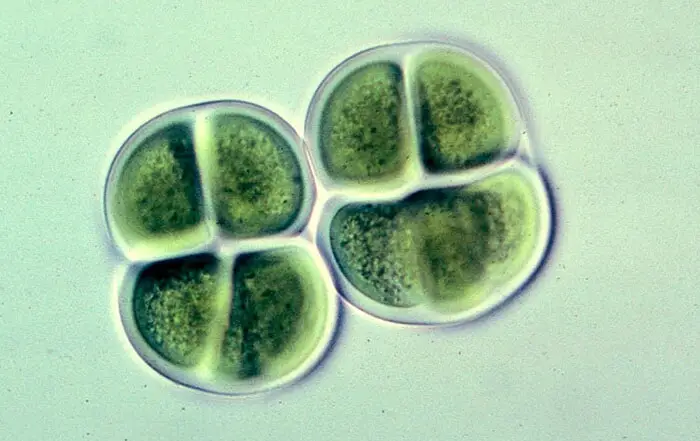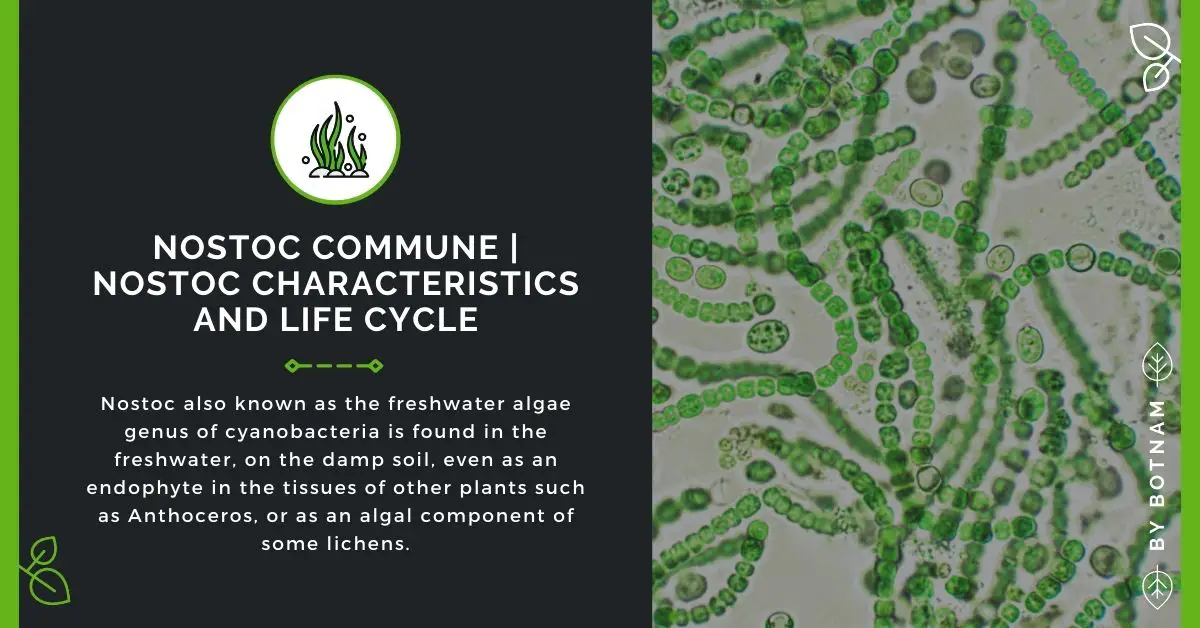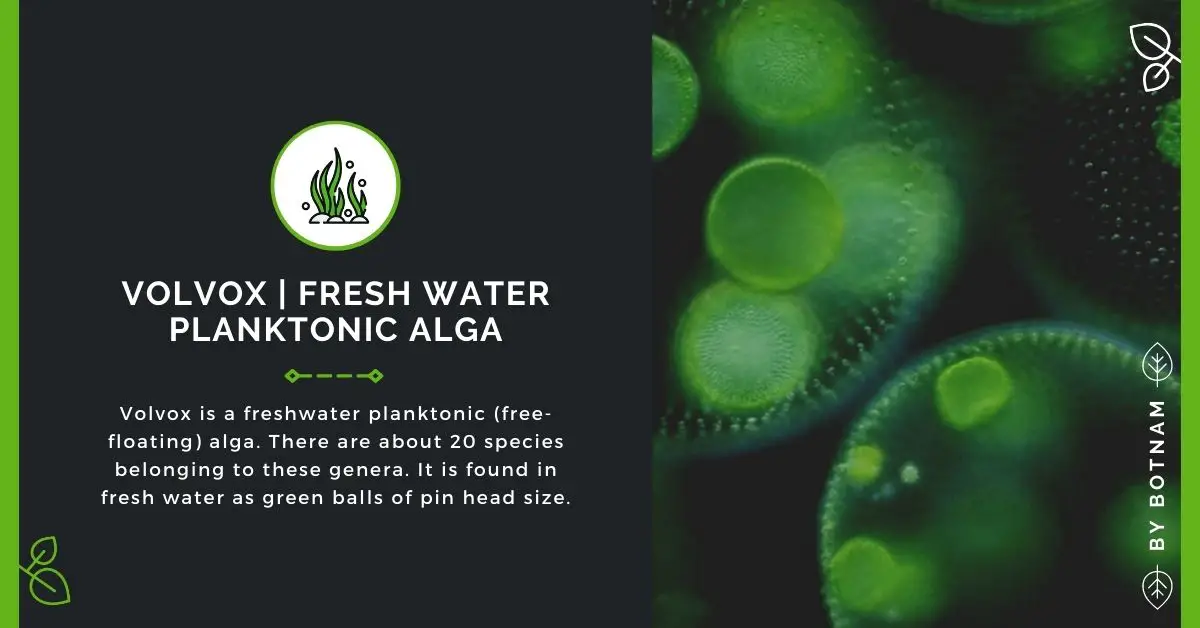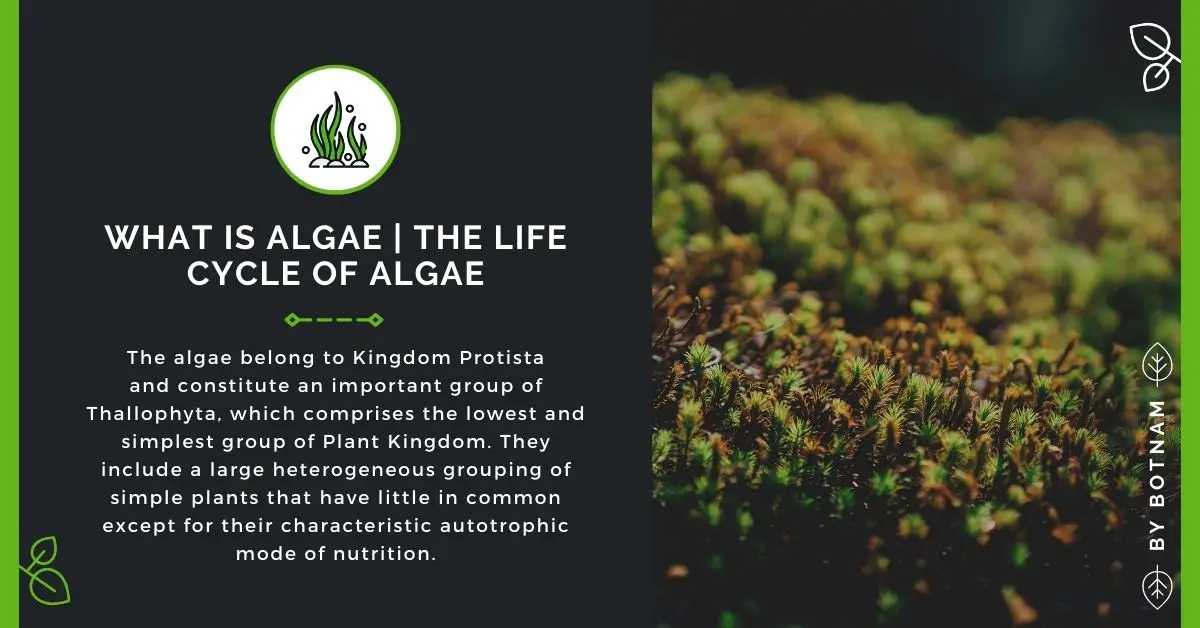Cyanophyceae | Chroococcus Characteristics, Structure And Reproduction 2024
Table of Contents
Chroococcus (Gr. chroo, color. coccus, berry) are predominantly freshwater alga. It is found in damp places such as moist soil, tree trunks, moist walls, and rocks.
This genus is represented by 250 species. They are either free-floating or form a thin layer on the soil.
Chroococcus Characteristics
There are many marine and brackish species (with salinity less than in the marine environment; generally, less than two percent).
They often form blooms, especially during warm months of the year. The cells are single or united into spherical colonies, each containing a small number of cells. Some common species are C. limneticus, C. turgidus.
Chroococcus Classification
- Class: Cyanophyceae
- Order: Chroococcales
- Family: Chroococcaceae
- Genus: Chroococcus
Chroococcus Sp Plant Body
The genus Chroococcus consists of many algae species with rounded or spherical cells.
Some species may contain solitary cells, but families of 4 to 16 individual cells are mostly found. Each cell of the colony is independent and is enveloped in a gelatinous mass.
What Is Chromoplasm In Cyanophyceae?
In Chroococcus (Cyanophyceae) each cell is a tiny rounded or spherical body. The cell wall consists of an inner thin cellular layer a medium pectic layer and an outer mucilage layer.
The cytoplasm occurs as chromoplasm (peripheral) and as a central body (centroplasm). In simple words, the Chromoplasm is defined as the peripheral protoplasm of Chroococcus (cyanobacteria).
The nucleus is not organized by the nuclear membrane and nucleolus. There are no true vacuoles but pseudo vacuoles (packet of air) are present. The pigments are found in the chromoplasm (peripheral) part.
Pigments found are chlorophyll a, phycocyanin-r, phycocyanin-c, phycoerythrin-c, β-carotene, and eight Xanthophylls.
Reserve food material is a glycogen-like substance along with some oil drops. Mitochondria, endoplasmic reticulum, and Golgi bodies are also absent.
Chroococcus Diagram
Below is a detailed diagram of Chroococcus with vegetative and dividing phases:

Reproduction In Chroococcus Algae
1. The reproduction takes place by cell fission only.
2. The newly formed cells do not separate immediately but remain held together in mucilaginous covering forming non-filamentous colonies of 2-4 cells.
3. A cell may divide in three different directions. Cells grow in size and become independent. Only in rare cases, nannocytes have also been found.
4. The characteristic feature of this class is the absence of Sexual reproduction and motile reproductive structures.







